 | According to researchers, ancient metalworkers hunted for iron from meteorites to create highly prized weapons before they could extract the metal from the earth. In 2016 X-ray scans on a dagger from Tutankhamun's tomb were made to determine what it was made from. Research indicates that before the very first kilns for smelting iron ore emerged around 3,200 years ago, all iron was crafted from meteorites. |
 | Most meteorites that collide into the earth contain high levels of nickel or cobalt. Tutankhamun’s dagger was made with iron containing nearly 11 percent nickel and traces of cobalt.The oldest-known furnace for smelting iron ore is at Tell Hammeh in Jordan and dates to about 930 B.C. During the Bronze Age iron, because it could not be smelted, was valued at ten times the price of gold. As the Iron Age advanced, the price dropped rapidly allowing for a series of important discoveries using the harder and more durable metal. Iron production in significant quantities began around 500 BC. Archaeological finds are very rare because the metal was so valuable, artifacts were rarely lost or discarded. |
 | The Romans produced large quantities of iron. They had various sources of iron ore with the key source being the island of Elba. Extensive deposits of hematite occur there. Hematite is pure, concentrated iron oxide and is an excellent iron ore.
The technology required to separate iron from its ores and convert it into useful objects is far more complicated than that needed to work copper and bronze. It requires a temperature of about 3650 degrees Fahrenheit (about 2020 degrees Celsius) to cause iron to melt sufficiently so that it will flow. |  |
The hardness of the resulting iron, after it had been formed and allowed to cool, depended upon the amount of carbon in the mixture. What the ancient ironworkers didn't realize was that in reality they were making steel. Steel is an alloy of iron and carbon, with some special steels containing other elements. Steel containing less than about one quarter percent carbon is too soft. Six or seven tenths of a percent is a good mix for items that needed to keep an edge. Anything over one percent was hard and brittle, and would shatter when struck too hard.
See ----->
Tutankhamun's dagger made of meteorite




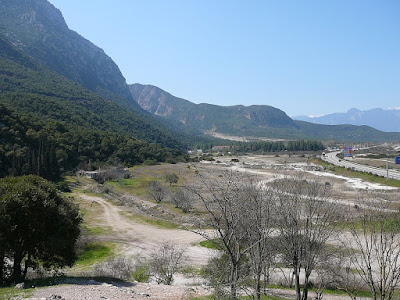
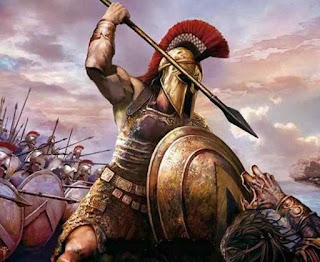
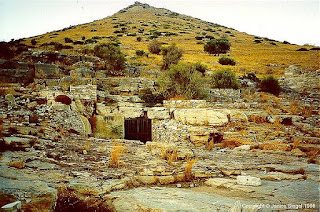




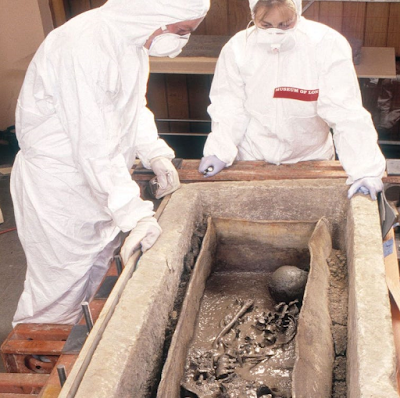








 Natives in the Americas also made a popcorn beer. Some made popcorn soup.
Natives in the Americas also made a popcorn beer. Some made popcorn soup. 






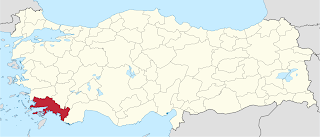














 The pendant has been purchased for £250,000.
The pendant has been purchased for £250,000.

 Schytz stumbled across 22 pieces of gold treasure, weighing just over two pounds. It had been buried for some 1,500 years.
Schytz stumbled across 22 pieces of gold treasure, weighing just over two pounds. It had been buried for some 1,500 years. Roman emperor Constantine
Roman emperor Constantine
 Odin
Odin